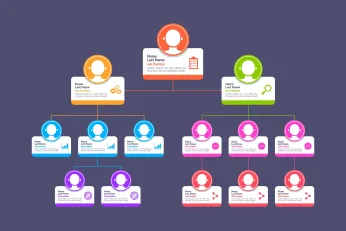12 Sales Cycle Management Strategies to Ace the Sales Process
Sales cycle management strategies to optimize your sales process, increase efficiency, and drive revenue growth. Boost your sales team's performance and close deals more effectively.
On this page
A successful sales strategy isn’t built on guesswork or random tactics. Instead, it requires a structured approach—one that guides your team through every step of the customer journey. This is where sales cycle management plays a crucial role.
Sales cycle management effectively manages and optimizes the stages of converting prospects into paying customers. It consists of various strategies and techniques to streamline sales, build strong relationships, and close deals.
In this article, we will explore 12 effective strategies for sales cycle management that can help businesses drive revenue growth and improve customer satisfaction.
What is sales cycle management?
Sales cycle management plays a crucial role in helping sales professionals, managers, and leaders monitor each stage of the sales process. By analyzing trends, they can assess which aspects are performing well and identify areas that need improvement.
For salespeople and sales leaders, effective sales cycle management provides a structured approach to evaluating each phase of the sales cycle. This ensures that necessary adjustments can be made to enhance efficiency and drive better results. Utilizing tools like a CRM simplifies the process, making sales process management more streamlined and data-driven.
Every salesperson relies on a well-defined sales cycle to guide their daily activities. Being familiar with this cycle enables teams to stay focused and adaptable, helping them navigate the challenges of selling with confidence and clarity.
12 Effective strategies for sales cycle management
Here are effective strategies for sales cycle management.
1. Define target audience and ideal customer profile
Before embarking on any sales efforts, defining your target audience and creating an ideal customer profile is crucial.
Understanding your potential customers' pain points and preferences allows you to tailor your sales approach accordingly. This targeted approach ensures that you invest your time and resources in prospects most likely to convert into loyal customers.
2. Qualifying leads
Effective lead qualification is essential for efficient sales cycle management. Develop a systematic approach to qualifying leads based on specific criteria such as budget, authority, need, and timeline.
This helps you focus your efforts on leads with the highest conversion potential, saving time and resources that would otherwise be wasted on unqualified prospects. Having an efficient and experienced lead verification team or process helps.
3. Building relationships and trust
Building strong relationships and establishing trust with prospects is fundamental to successful sales cycle management.
Take the time to understand your prospects' needs, challenges, and goals—nurture relationships by providing value, offering relevant insights, and addressing their concerns. Building trust increases the likelihood of converting prospects into customers and fostering long-term loyalty.
4. Effective communication and active listening
Effective communication is the backbone of successful sales cycle management. Practice listening to understand your prospects' needs and tailor your solutions accordingly.
Clearly and concisely communicate your value proposition, and ensure your messaging resonates with the prospect. Effective communication fosters engagement, enhances understanding, and builds rapport.
5. Developing compelling value propositions
A compelling value proposition is critical in differentiating your product or service from competitors. Clearly communicate the unique benefits and value your offering provides to prospects. Understand their pain points and position your solution as the ideal answer to their challenges. A strong value proposition grabs attention, generates interest, and compels prospects to move forward in the sales cycle.
6. Effective sales presentations and demonstrations
Craft persuasive sales presentations and demonstrations that showcase the value of your offering. Use visuals, storytelling, and real-world examples to engage your prospects and highlight the benefits they can expect.
Tailor your presentations to address each prospect's specific needs and concerns, creating a personalized experience that resonates with them.
7. Handling objections and overcoming resistance
During the sales cycle, prospects may raise objections or express resistance. Effective sales cycle management involves anticipating and addressing these objections proactively.
Understand the underlying reasons for complaints and respond with empathy and confidence. Overcome objections by providing additional information, offering testimonials, or providing a trial period. You build trust and move closer to closing the deal by effectively handling complaints.
8. Negotiation and closing techniques
Mastering negotiation and closing techniques is crucial for successful sales cycle management. Understand the prospect's priorities, explore mutually beneficial options, and negotiate terms that satisfy both parties.
Utilize closing techniques such as creating a sense of urgency, offering incentives, or providing additional value. You can secure deals and maximize revenue by navigating the negotiation and closing stages.
Closing deals effectively requires strong motivation and the right incentives. Compass enables businesses to design scalable sales commission plans with accelerators, bonuses, and multipliers that drive seller behavior towards revenue goals.
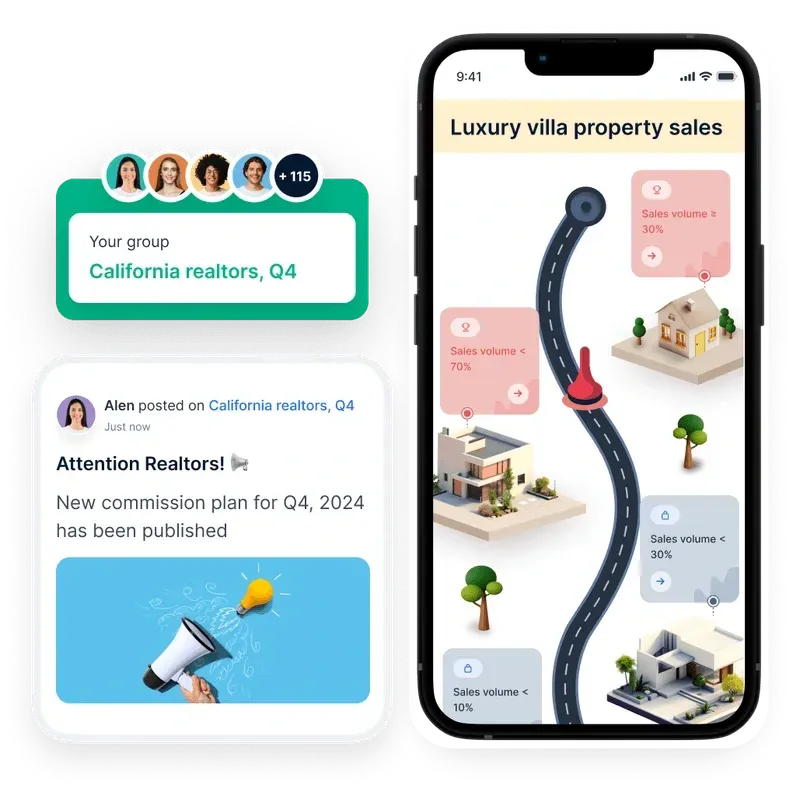
By ensuring 100% payout accuracy and transparent earnings, Compass helps sales teams stay focused and confident in their closing strategies.
9. Follow-up and nurturing
Follow-up and nurturing are essential for maintaining relationships and converting leads into customers. Implement a structured follow-up process to stay engaged with prospects. Provide additional information, address any lingering concerns, and offer ongoing support.
Nurture leads by sharing valuable content, personalized recommendations, and staying top of mind. Consistent follow-up strengthens relationships and increases the likelihood of conversion.
A well-structured follow-up process ensures consistent engagement with leads, but keeping sales teams motivated to follow up effectively is equally important.
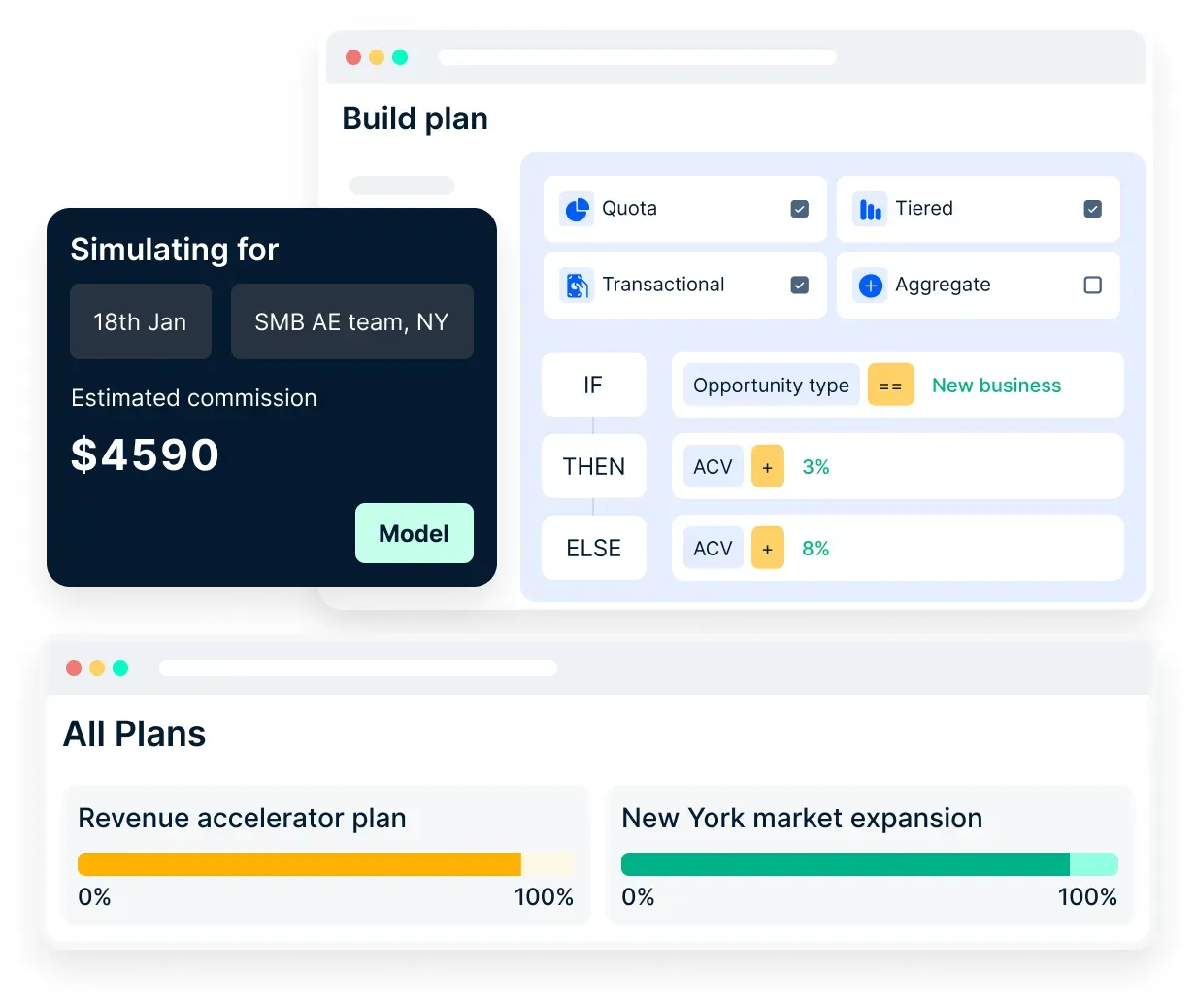
Compass simplifies incentive compensation management by providing real-time visibility into earnings, gamifying performance tracking, and ensuring on-time payouts. Sales reps stay engaged, and businesses foster a high-performance culture with data-driven incentives.
10. Sales analytics and data-driven decision making
Leverage sales analytics and data-driven decision-making to gain insights into the effectiveness of your sales cycle management strategies. Track key metrics, analyze conversion rates, and identify areas for improvement. Use data to refine your approach, optimize your sales process, and make informed decisions that drive results.
Leveraging sales analytics is critical for optimizing sales cycle management. With tools like Compass, businesses can centralize data from multiple integrations, validate commissions, and analyze payout trends.
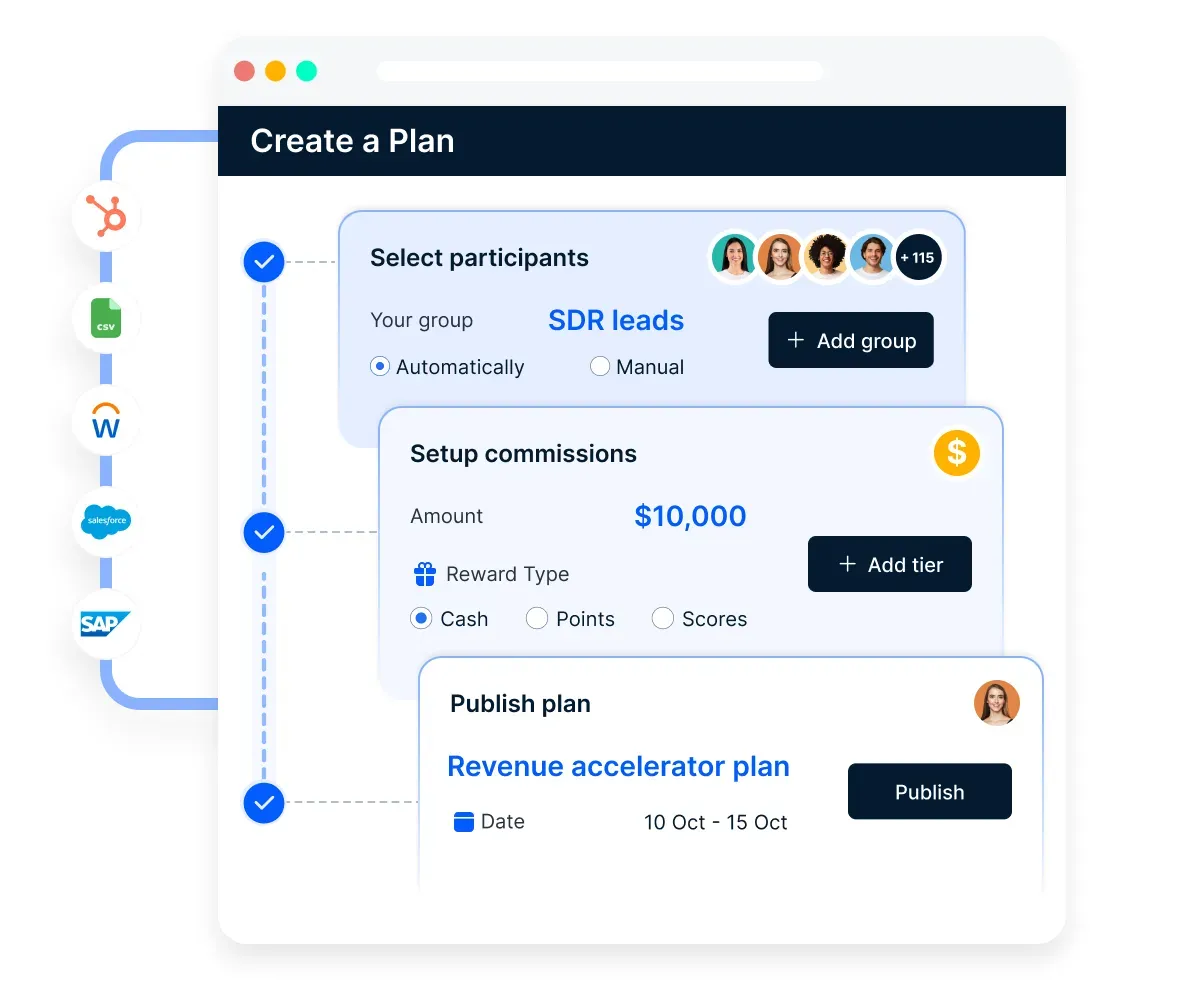
Compass offers real-time insights into sales performance, quota attainment, and ROI on commissions, enabling sales teams to make informed, data-driven decisions and enhance their incentive strategies.
11. Continuous learning and improvement
Sales cycle management is an ongoing learning process. Encourage continuous learning and improvement within your sales team. Provide training and development opportunities to enhance and update their skills on industry trends.
Foster a culture of experimentation, where new strategies and techniques are encouraged and evaluated. By constantly learning and improving, you can stay ahead of the competition and adapt to evolving market dynamics.
12. Collaboration and alignment with other teams
Sales cycle management is not solely the responsibility of the sales team. Collaborate and align with other teams, such as marketing and customer service, to provide a seamless customer experience.
Share insights, align strategies, and coordinate efforts to ensure a consistent message and a smooth handoff between teams. Collaboration improves efficiency, enhances customer satisfaction, and drives overall business success.
Effective sales cycle management is a team effort, requiring alignment between sales, finance, and operations. Compass acts as a single source of truth, integrating with CRM, ERP, and payroll systems to automate commission tracking and streamline cross-functional collaboration.
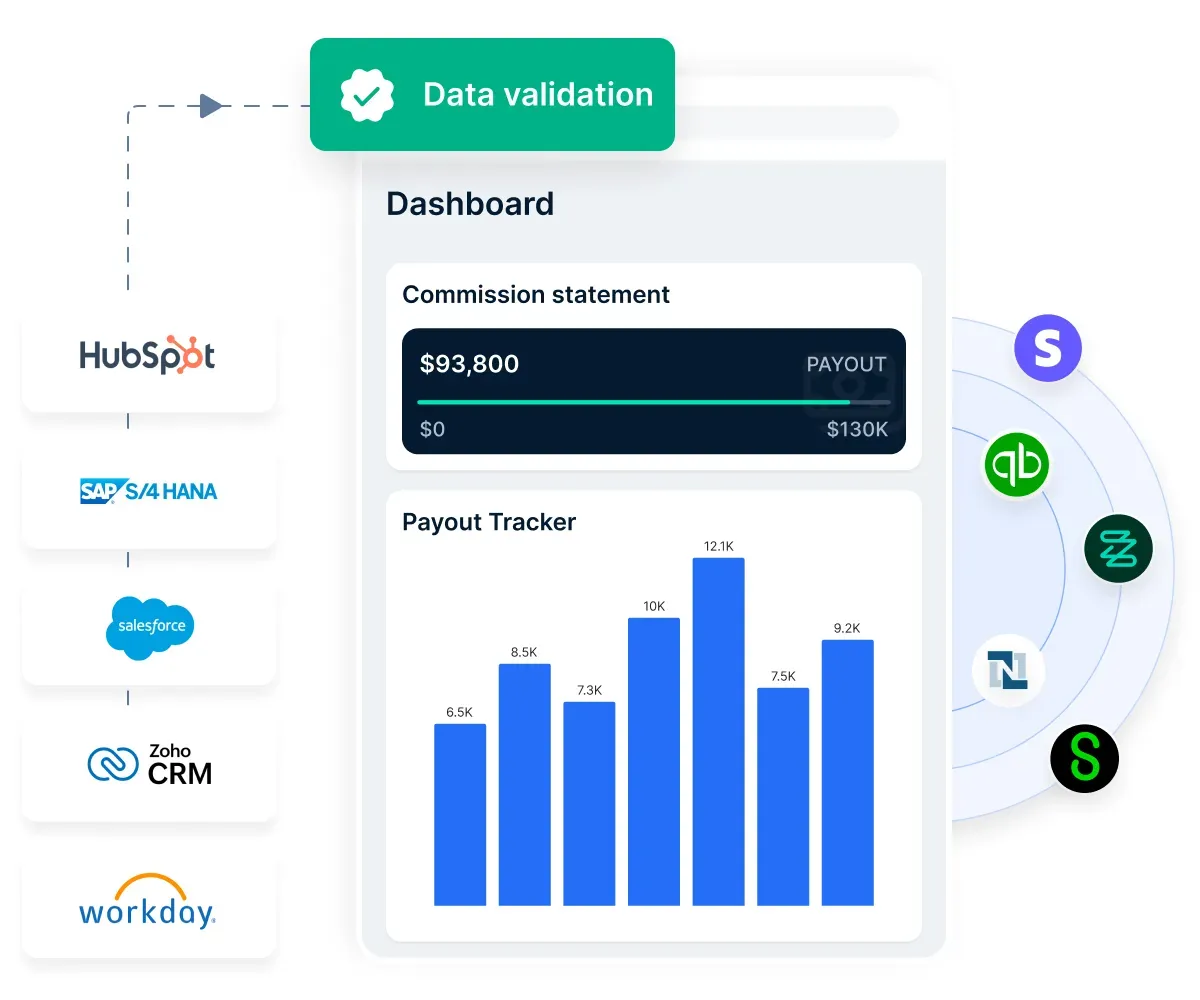
With Compass, businesses can ensure compliance, eliminate manual errors, and create incentive structures that align all teams towards common revenue goals.
Conclusion
Effective sales cycle management is vital for businesses aiming to improve revenue growth and build strong customer relationships. By implementing these 12 strategies, you can expect the following benefits:
- Optimize your sales process
- Nurture leads effectively
- Close deals successfully.
Remember to adapt these strategies to your specific business needs, continuously evaluate and refine your approach, and prioritize the needs and preferences of your prospects and customers. With effective sales cycle management, you can achieve sustainable business growth and surpass your sales targets.
FAQ's
What are the 3 C's in sales?
The 3 C’s in sales are:
- Connect – Establishing a relationship with the prospect
- Convince – Demonstrating value and addressing pain points
- Close – Securing the deal and ensuring customer commitment
What are the 4 stages of the sales cycle?
The 4 stages of the sales cycle are:
- Lead Generation – Identifying and attracting potential buyers
- Lead Qualification – Assessing interest and readiness to buy
- Closing the Sale – Addressing objections and securing a deal
- Post-Sale Follow-up – Ensuring customer satisfaction and building loyalty
What are the 7 stages of the sales cycle?
The 7 stages of the sales cycle are:
- Prospecting – Identifying potential customers
- Qualification – Assessing whether the lead is a good fit
- Approach – Making initial contact and building rapport
- Presentation – Demonstrating the value of the product/service
- Handling Objections – Addressing concerns and hesitations
- Closing – Finalizing the sale and securing commitment
- Follow-up – Nurturing customer relationships for retention and referrals
What is the sales management cycle?
The sales management cycle refers to the structured process businesses follow to generate leads, convert prospects into customers, and maintain long-term relationships. It includes planning, execution, tracking, and optimization of sales activities to drive revenue growth.










